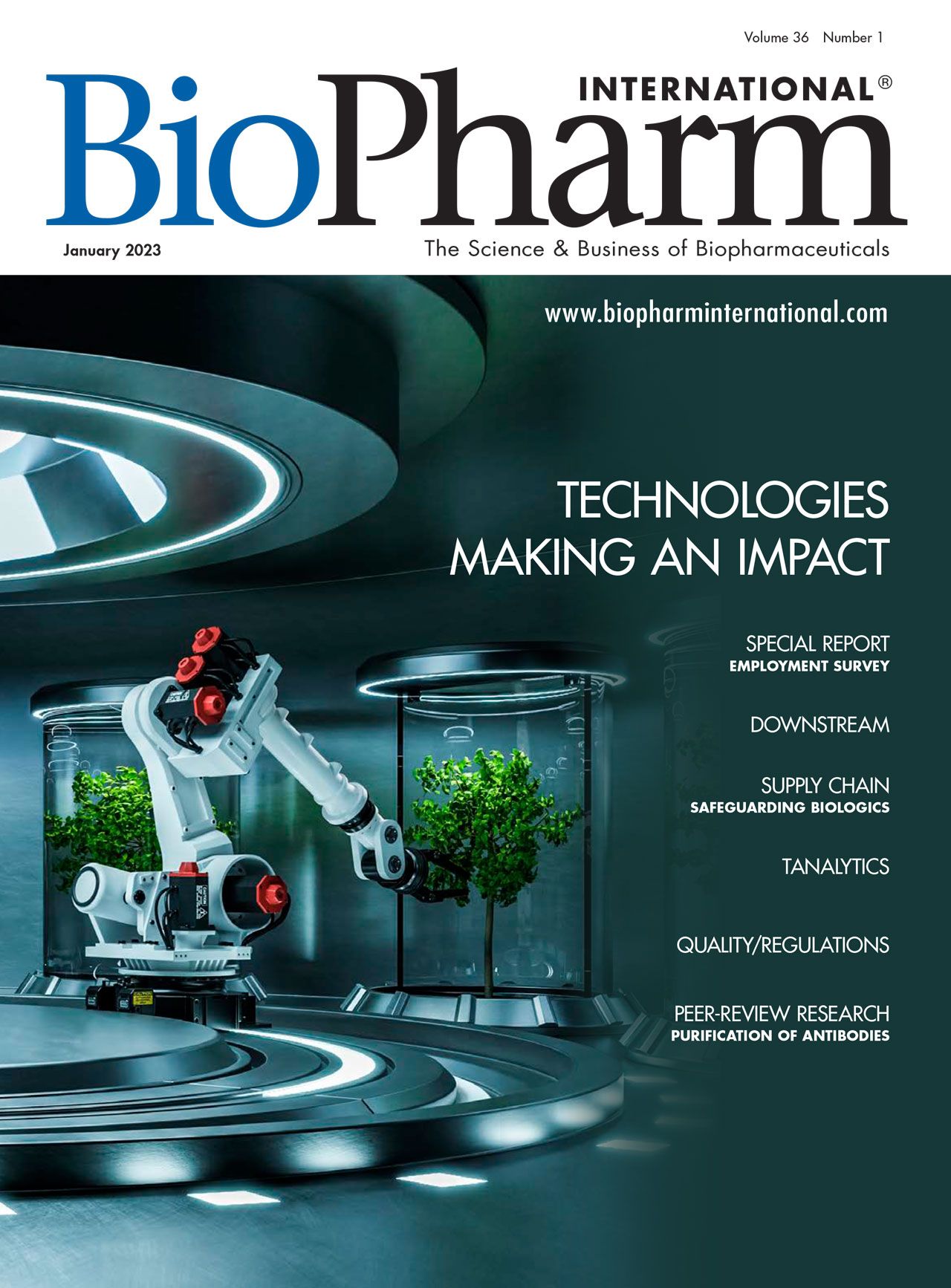Creating a Contamination Control Strategy
A CCS provides significant benefits to the industry and helps with holistically understanding contamination controls, says Siegfried Schmitt, vice president, Technical at Parexel.
Q. Creating a contamination control strategy (CCS) is now a requirement defined in Annex 1 of the European good manufacturing practice regulations (1). The document does not describe how to create such a strategy. Can you provide us with some best practice information?
A. Any company that must comply with that regulation have until Aug. 25, 2023 to be compliant. Several industry associations are working on or have already issued some best practice documentation to their members. Therefore, it may be beneficial to become a member of such an organization.
In the meantime, the following are some best practices:
- Define the CCS scope, which should encompass sterile products, and any products or ingredients requiring bioburden control. Identify all contaminants, including those that impact quality, sterility, or efficacy.
- Position the CCS, which means developing the CCS relative to process and facility design. The CCS will be related to the site master file and the site’s pharmaceutical quality system (PQS), as well as the life cycles for the products manufactured on site.
- Establish the CCS structure, which is typically a Site Master CCS that is an overarching approach to contamination control document. The Site Master CCS links the detailed area CCS documents together, which address the area specifics and product specific information.
A CCS is a holistic approach to contamination control that will take into account all existing measures in place. These are likely to include (in no particular order) housekeeping, materials storage and management, personnel and material flows, facility and equipment design, process design and controls, heating, ventilation, and air conditioning (HVAC) and utilities, preventive maintenance, corrective and preventive actions, training, cleaning and disinfection, outsourced activities, continuous improvement, and quality by design.
The control measures in these will comprise:
- Technical control measures based on science and knowledge of process, product, and risks
- Organizational/procedural control measures defined in the PQS based on quality risk management principles.
The goal of the CCS is to document detailed process knowledge and all associated potential contamination sources, and how the company assures appropriate controls to manage the risks at an acceptable level. Furthermore, the CCS documents the interrelation of the various control measures. As mentioned, many control measures are in place, but it may not be clear if there are any gaps (i.e., lack of a comprehensive overview).
This may still sound abstract, so here is an example. For a cleanroom suite, a company has gowning and operating procedures in place, HVAC installed, and is monitoring differential pressure, room temperature and relative humidity, amongst other measures. That is considered good practice and addresses regulatory requirements. However, it does not describe what the gowning procedure is achieving, (i.e., whether the gowning is reducing the shedding of particles, or whether the gowns are of the appropriate material and size). It also does not address whether this gowning regime is appropriate in relation to the contamination in the rooms, as controlled by the HVAC system and as measured by the room monitoring system. Only if this is reviewed, assessed, and documented as part of a CCS, will it be known if the technical and procedural controls are balanced and represent compliant controls.
Hopefully, this shows that a CCS is not merely a regulatory requirement, but provides significant benefits to the industry, not least to help understand the controls holistically
Reference
- EC. Annex 1 : Manufacture of Sterile Medicinal Products. EudraLex, The Rules Governing Medicinal Products in the European Union, Volume 4 EU Guidelines for Good Manufacturing Practice for Medicinal Products for Human and Veterinary Use. European Commission. Aug. 22, 2022.
About the author
Siegfried Schmitt is vice president, Technical at Parexel.
Article details
BioPharm International
Vol. 36, No. 1
January 2023
Page: 34
Citation
When referring to this article, please cite it as S. Schmitt.Creating a Contamination Control Strategy. BioPharm Internationall 2023 36 (1).
